
Bethany Brookshire was a longtime staff writer at Science News Explores and is the author of the book Pests: How Humans Create Animal Villains. She has a B.S. in biology and a B.A. in philosophy from The College of William and Mary, and a Ph.D. in physiology and pharmacology from Wake Forest University School of Medicine. She was a 2019-2020 Knight Science Journalism Fellow at MIT, the winner of the Society for Neuroscience Next Generation Award and the Three Quarks Daily Science Writing Award, among others.

All Stories by Bethany Brookshire
-
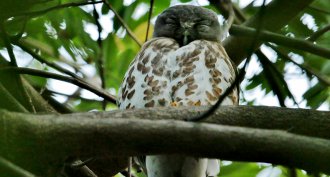 Animals
AnimalsTwo teens pull DNA from birds out of the air
Animals shed DNA into their environment. Usually scientists find it in water or soil. Now, two teens have figured out how to capture this “environmental DNA” from air.
-
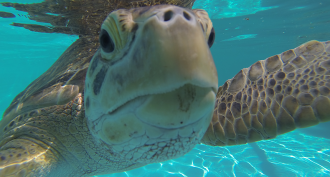 Animals
AnimalsTeen designs belt to hold down a sea turtle’s bubble butt
Sea turtles hit by boats can develop an injury called “bubble butt syndrome.” One teen invented a vest to help them dive again.
-
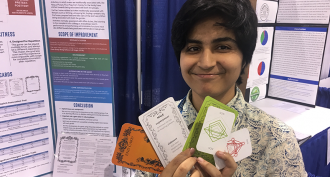 Science & Society
Science & SocietyGame may help rid people of biases they didn’t know they had
After experiencing gender discrimination — a type of bias — in their own life, a teen developed a game to counter the problem.
-
 Space
SpaceScientists Say: Space weather
It may not be cloudy with a chance of rain, but space has weather too. Wind and ejections from the sun can send charged particles toward the Earth, knocking out our electricity.
-
 Health & Medicine
Health & MedicineIs the Netflix show 13 Reasons Why linked to suicide?
The Netflix show 13 Reasons Why attracted a lot of controversy for showing suicide. Two studies now look for signs that watching the show may elevate suicide risk.
-
 Genetics
GeneticsScientists Say: Genealogy
This is the study of someone’s ancestry. It could mean finding out about someone’s family tree or the history of evolution from one species to another.
-
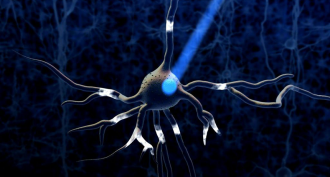
Scientists Say: Optogenetics
This technique lets scientists control cell activity with light. The light triggers the cell to become more or less active.
-
 Health & Medicine
Health & MedicineScientists Say: Relapse
This is when a health condition comes back, or gets worse, after a period where it had disappeared or been improving.
-
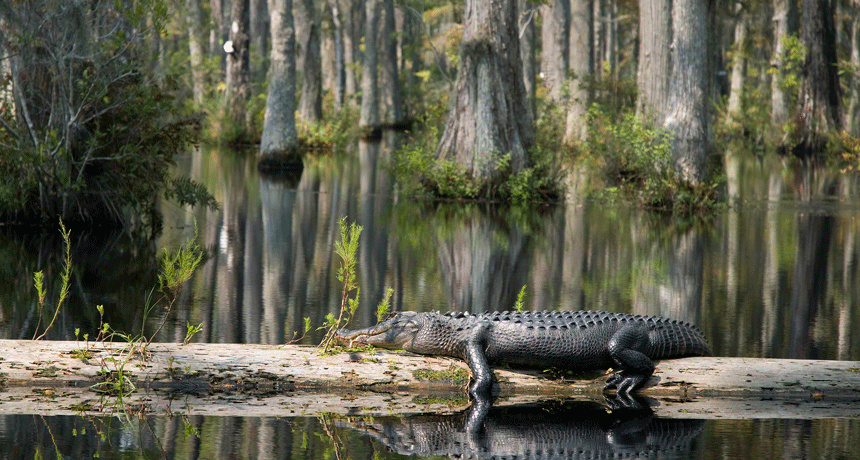 Ecosystems
EcosystemsScientists Say: Wetland
Wetlands are land areas that are flooded with water some or all of the time. They’re more than just wet, though. They filter water, shelter young animals and much more.
-
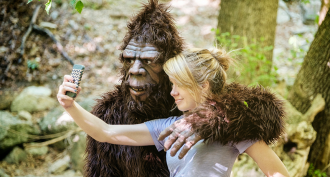 Animals
AnimalsHave we found bigfoot? Not yeti
Believe in bigfoot or sasquatch? The scientific evidence says bears are to blame for traces of yeti and abominable snowmen. But it’s ok to keep searching.
-
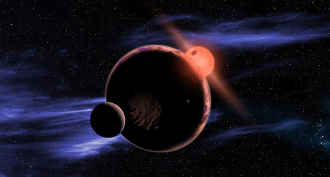 Space
SpaceScientists Say: Red Dwarf
Red dwarfs are the most common kind of star in the Milky Way. They are much smaller and cooler than our own sun.
-
 Science & Society
Science & SocietyUsing art to show the threat of climate change
Climate change can sometimes seem like a huge pile of hard-to-grasp numbers and graphs. These artists are finding new ways to help people understand big changes.